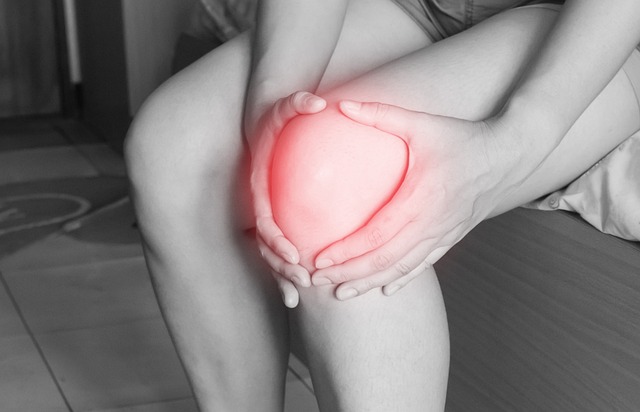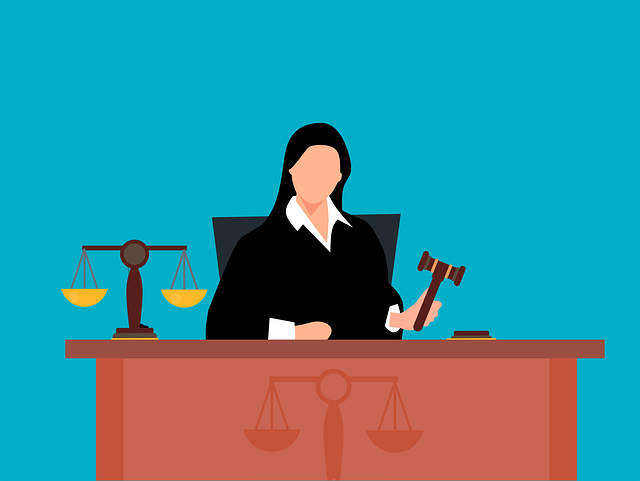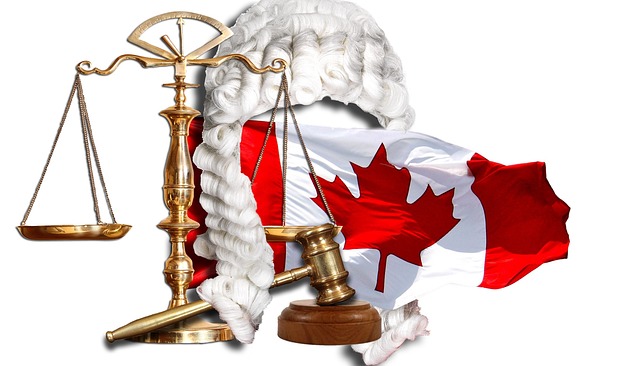Bicycle accidents causing head injuries are common in the U.S., leading to various traumatic brain injuries (TBIs). These accidents, often due to driver negligence or poor road conditions, can result in severe consequences. In the acute phase, medical professionals stabilize patients and manage conditions like concussions or intracranial hemorrhages. While some cases require emergency surgery, many can be treated conservatively. Long-term recovery involves comprehensive rehabilitation, including physical, occupational, and speech therapy, along with psychological support. Victims can seek legal help from personal injury attorneys specializing in medical malpractice for fair compensation during their recovery process.
In the aftermath of a bicycle accident, proper care for head injuries is paramount. This comprehensive guide delves into the critical aspects of managing these injuries, drawing insights from medical experts. We explore staggering statistics and common causes behind bicycle-related head trauma, revealing key immediate care practices recommended by professionals. Furthermore, we dissect long-term recovery strategies, emphasizing a holistic rehabilitation approach for optimal patient outcomes in the face of these often complex injuries.
- Understanding Bicycle Accident Head Injuries: Statistics and Common Causes
- Immediate Care and Management: What Medical Professionals Recommend
- Long-Term Recovery and Rehabilitation: A Comprehensive Approach
Understanding Bicycle Accident Head Injuries: Statistics and Common Causes

Bicycle accidents can lead to a variety of injuries, but head injuries are among the most severe and common. According to recent studies, bicycle accident head injuries account for a significant portion of all traumatic brain injuries (TBIs) in the United States. These injuries range from mild concussions to life-threatening conditions such as skull fractures and intracranial hemorrhages.
Several factors contribute to these accidents, including driver negligence, poor road conditions, failure to wear protective gear, and even nursing home neglect in cases where vulnerable individuals are involved. Given the increasing popularity of cycling for transportation and recreation, it’s crucial for both riders and motorists to understand the risks and take preventive measures. A personal injury attorney can play a vital role in supporting victims of bicycle accidents, especially when head injuries occur, by ensuring they receive adequate compensation for their suffering and medical care.
Immediate Care and Management: What Medical Professionals Recommend

In the immediate aftermath of a bicycle accident resulting in a head injury, medical professionals emphasize swift and appropriate care. This includes a thorough evaluation at the scene to assess severity, with particular focus on signs of concussion or more serious conditions like intracranial hemorrhaging. Stabilization is crucial; this might involve securing the patient’s spine to prevent further neck trauma and monitoring vital signs closely.
Recommendations extend beyond initial response. Medical experts advocate for rest and close observation, often suggesting a period of relative inactivity to allow the brain to heal. They may prescribe medication for pain management or nausea control, and recommend against certain activities—like driving or operating heavy machinery—until symptoms subside. For severe cases, emergency surgery might be required; however, most bicycle accident head injuries respond well to conservative management, preventing long-term complications and ensuring a smoother recovery process.
Long-Term Recovery and Rehabilitation: A Comprehensive Approach

Recovering from a bicycle accident that involves head injuries often requires a long-term and comprehensive approach to rehabilitation. This process is crucial for clients recovering from such incidents, as it addresses not only physical healing but also cognitive and emotional well-being. Medical experts emphasize that every patient’s journey is unique, necessitating a tailored strategy that considers their specific needs.
Rehabilitation may include a combination of therapies, such as physical therapy to regain strength and mobility, occupational therapy for daily living skills, and speech therapy for communication issues. Additionally, psychological support is essential to help clients cope with the potential emotional and mental impacts of their injuries. Engaging an experienced auto accident lawyer who specializes in medical malpractice cases can be beneficial, ensuring that clients receive adequate compensation during this challenging period while focusing on their recovery.
Bicycle accident head injuries are a significant concern, but with prompt and comprehensive care, many individuals can make a full recovery. Understanding the statistics and common causes is crucial for both riders and medical professionals. Immediate management recommendations from experts ensure better outcomes, while long-term rehabilitation approaches foster complete healing. By adhering to these guidelines, we can enhance safety and support those affected by bicycle accidents, emphasizing the importance of proper care for bicycle accident head injuries.






